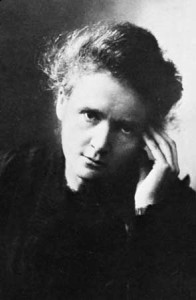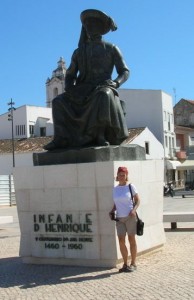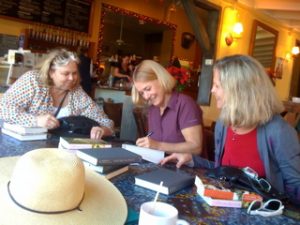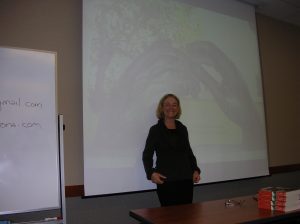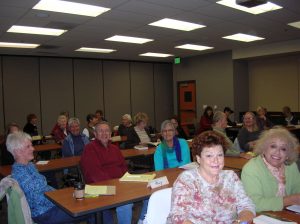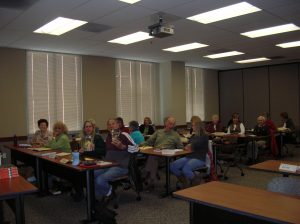It’s good to take a breather from writing. My time off, if you can call it that, came when I finished the final touches on The Shape of the World and got it off to my agent to market, when Finding Emilie was released, and when mid-semester papers and exams increased my workload outside of class. Since all of that happened at once, there was no time even for a thought of what novel might be waiting to be born.
when I finished the final touches on The Shape of the World and got it off to my agent to market, when Finding Emilie was released, and when mid-semester papers and exams increased my workload outside of class. Since all of that happened at once, there was no time even for a thought of what novel might be waiting to be born.
Now, as The Shape of the World becomes a waiting game I can do nothing to influence, the publication flurry for Finding Emilie is beginning to die down, and summer vacation is less than two weeks away, I am starting to get restless and ready for novel number five.
The earliest stages of a novel happen only in the head. For me it starts with a reaffirmation that despite the enormity of the task of creating a historical novel, I am happiest when I am writing and ready to get started again
That’s followed by a period in which I do a mental inventory of the ideas I’ve had and see what seems to be hovering at the door right now. Even while I am writing another book, I am continually investigating new ideas, ordering biographies, and reading up on events and places, so there’s always a short list, but I never know what will strike me at the right minute–perhaps even a new idea someone just planted in my ear a few days before.
In all this pondering, inevitably one idea comes forward to stay. It’s not a sure thing that will be the next book, as I learned after my false start earlier this year, but that’s the point at which the research begins in earnest, followed by the first tentative stab at a synopsis involving the main characters and a possible plot. For me this synopsis is an important first step because it gets me to focus on how I will pull the characters, plot, and historical background together.
My first question is always “what do I want readers to learn?” From that, it becomes a question of what the main venues will be. From there, I need to figure out how to get my point-of-view character to those places. I also have to figure out how I will get all the necessary perspectives aired, and the conflicts and drama, both imagined and historical, set in motion.
Once I’ve gotten to that point, I pull out paper and a clipboard and start a multi-columned time line. One column is for historical events and other columns are for the biographical events of the real-life characters. When I have a concrete visual representation of the history, matched up with what the real-life people were up to (how old they were, where they were living, and what they were doing at the time the historical events were happening), I’m ready to start filling in some data for the fictional characters. What’s the best year for my protagonist, Lucy, to be born so that she can be a workable age for the main events? How can I plausibly move Lucy around so that she is in the right place at the right time? What other characters must be filled in around her to create depth in the story and facilitate the plot?
Here, more specifically, is what I woke up asking myself this morning:
How can I use Lucy’s parents to forward the story? What should their personalities be? Their social and political views? What profession should the father have? I started out thinking that mom should be sweet and supportive but a bit of a doormat to a domineering husband, and then I decided that the overall story will be so much better served if she is piously Protestant, politically conservative, and used to bullying Lucy to keep her in line. Now that I have a domineering mother, I don’t need a similar personality in the father, so perhaps he can be the one with the bigger heart. Or perhaps not. Maybe this is a very difficult marriage between two clashing and demanding people. Or maybe it’s the dad who’s the doormat, and one of the big events of the book can be his standing up for something important that matters a great deal to his daughter.
I don’t need to decide all that now. The way a book comes alive is to make some of these early decisions about the real-life things, and introduce the fictional characters in their formative stages into this real world, and see what happens. As I go along, I will add what I need and change what isn’t working.
It may be that I’ll decide that Lucy needs a brother or sister, not arbitrarily but because something I need to accomplish can best happen by the introduction of such a character. Will Lucy have a love interest, and if so, who should he be? What should he do for a living? Is he suitable or socially dangerous, or maybe a little of both?
Since the setting of this book is early twentieth-century New York, and many of the early feminists will be making cameo appearances, perhaps it would be best not to fall into stereotypes about women being completed by love, but on the other hand, I write for a readership that probably would like to see Lucy have a man in her life. Well, how about a romance that she grows out of and asserts her independence by moving on? Always a possibility. And though I don’t want to go far afield of my own experience by making her love interest another woman, perhaps, given the place and time, this would be a good opportunity to honor relationships that did exist between some of the female leaders of the time.
Possibilities, possibilities. Ahead of me is the excitement of not being able to type fast enough to keep up with my characters, of jumping up in the morning eager to find out what’s going to happen next. Nice to be the first to know!

